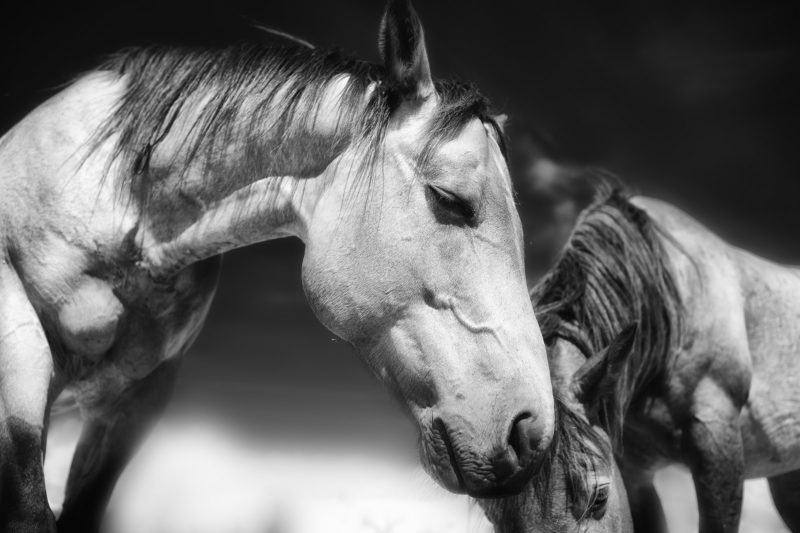In many ways, the timeline of horse domestication is still a mystery to scientists. Previous studies have established what appears to be the starting point for domestication at 3,500 B.C. settlements belonging to the Botai people of what is today northern Kazakhstan. There, they found horse teeth with marks indicating the animals may have worn a bit, skeletons that appear smaller and less robust than wild horse skeletons of the same age and geographic location, and clay jars containing the remnants of mare’s milk.
Last week, researchers at the University of Copenhagen revealed that it’s not just artifacts but genomes—or complete DNA sets—taken from recently discovered ancient horses that are helping to complete the evolutionary puzzle. Fourteen different sets of horse remains dating from 2,300 to 4,000 years ago were collected in eastern Mongolia and western Kazakhstan. Eleven of these were found at the same, 2,300-year-old burial site where the horses were apparently sacrificed as part of a funeral ritual alongside a deceased Scythian prince.

(flickr.com/Greg Westfall)
Researchers are working to piece together a timeline by concentrating on genetic markers that are known to be present in modern horses, but which do not appear in ancient ones. So what does the new DNA tell us? By studying these 14 specimens—which date to what is believed to be the midway point in horse domestication—scientists hope to learn which traits were selectively bred for early on in the process. Some of these include the prevalence of genes that influence cognition, skeletal modifications to the spine, and metabolism. You can read
You can read Genome Web’s full article here.




 May 18, 2016
May 18, 2016 






















